-
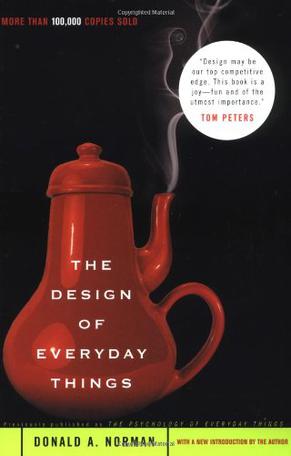
The Design of Everyday Things
Donald Norman's best-selling plea for user-friendly design, with more than 175,000 copies sold to date, is now a Basic paperback. First, businesses discovered quality as a key competitive edge; next came service. Now, Donald A. Norman, former Director of the Institute for Cognitive Science at the University of California, reveals how smart design is the new competitive frontier. The Design of Everyday Things is a powerful primer on how--and why--some products satisfy customers while others only frustrate them. -
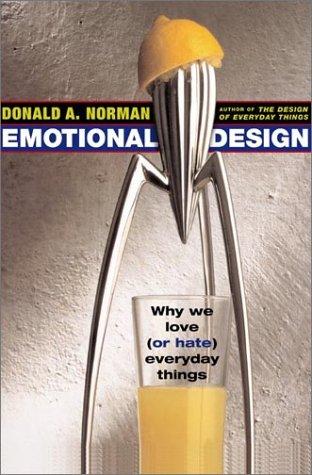
Emotional Design: Why We Love (Or Hate) Everyday Things
-
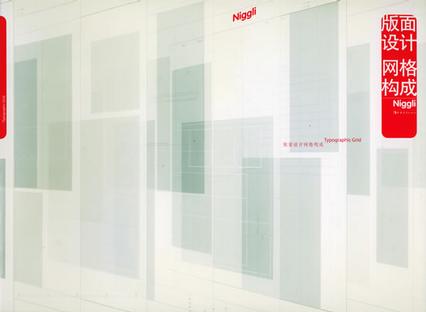
版面设计网格构成
《版面设计网格构成》中的网格构成是现在版面设计最重要的基础修养之一。作为一种行之有效的版面设计形式法则,它将构成主义和秩序的概念引入到设计之中,使得所有的设计元素:字休、图片以及点、线、面之间的协调一致成为可能。 网格构成设计特别强调比例感、秩序感、整体感、时代感和严密感,创造了一种简洁、朴实的版面艺术表现风格,曾对西文现代平面设计产生过广泛影响。随着版面设计的电脑化进程,网格构成设计越来越受到设计界的重视,已成为艺术院校平面设计的必修教程。 -
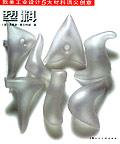
塑料
关于此书: 从甜美的、柔软的、透气的凝胶体,到发光的塑料材料,以及能自行组装的性能,此书都将带你领略塑料的迷人美丽。这里没有长篇大论,只是列举了77种现代产品与塑料材料,让你一饱眼福。此书不光提留于产品或材料的表明,而是展现出塑料的潜在特性,并对现在和未来的一些日用材料进行探究。这里有当代工业设计大师的设计作品,也有诸如塑料软木塞或自行车座垫等实用产品,我们在内容与来源上的选择可谓琳琅满目。 内容: 77种塑料产品与材料的有趣面貌; 制造商、供应商、设计师与学院的实用网址; 塑料的物理与化学特性; 每种材料的技术特性; 部分塑料特性: 在精确的时间段中得到降解; 能变为铅笔的聚苯乙烯杯; 能在黑夜中发光的塑料; 美国银行票据回收后制成的塑料; 导电塑料板; 融合真丝的塑料。 -
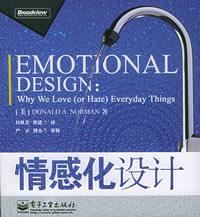
情感化设计
-
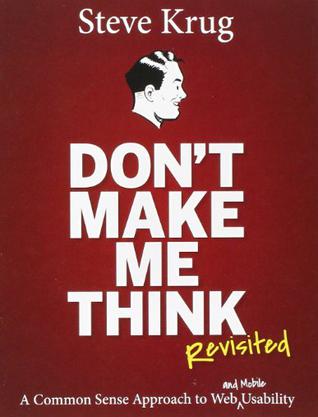
Don't Make Me Think, Revisited
Since Don’t Make Me Think was first published in 2000, hundreds of thousands of Web designers and developers have relied on usability guru Steve Krug’s guide to help them understand the principles of intuitive navigation and information design. Witty, commonsensical, and eminently practical, it’s one of the best-loved and most recommended books on the subject. Now Steve returns with fresh perspective to reexamine the principles that made Don’t Make Me Think a classic–with updated examples and a new chapter on mobile usability. And it’s still short, profusely illustrated…and best of all–fun to read. If you’ve read it before, you’ll rediscover what made Don’t Make Me Think so essential to Web designers and developers around the world. If you’ve never read it, you’ll see why so many people have said it should be required reading for anyone working on Web sites. “After reading it over a couple of hours and putting its ideas to work for the past five years, I can say it has done more to improve my abilities as a Web designer than any other book.” –Jeffrey Zeldman, author of Designing with Web Standards